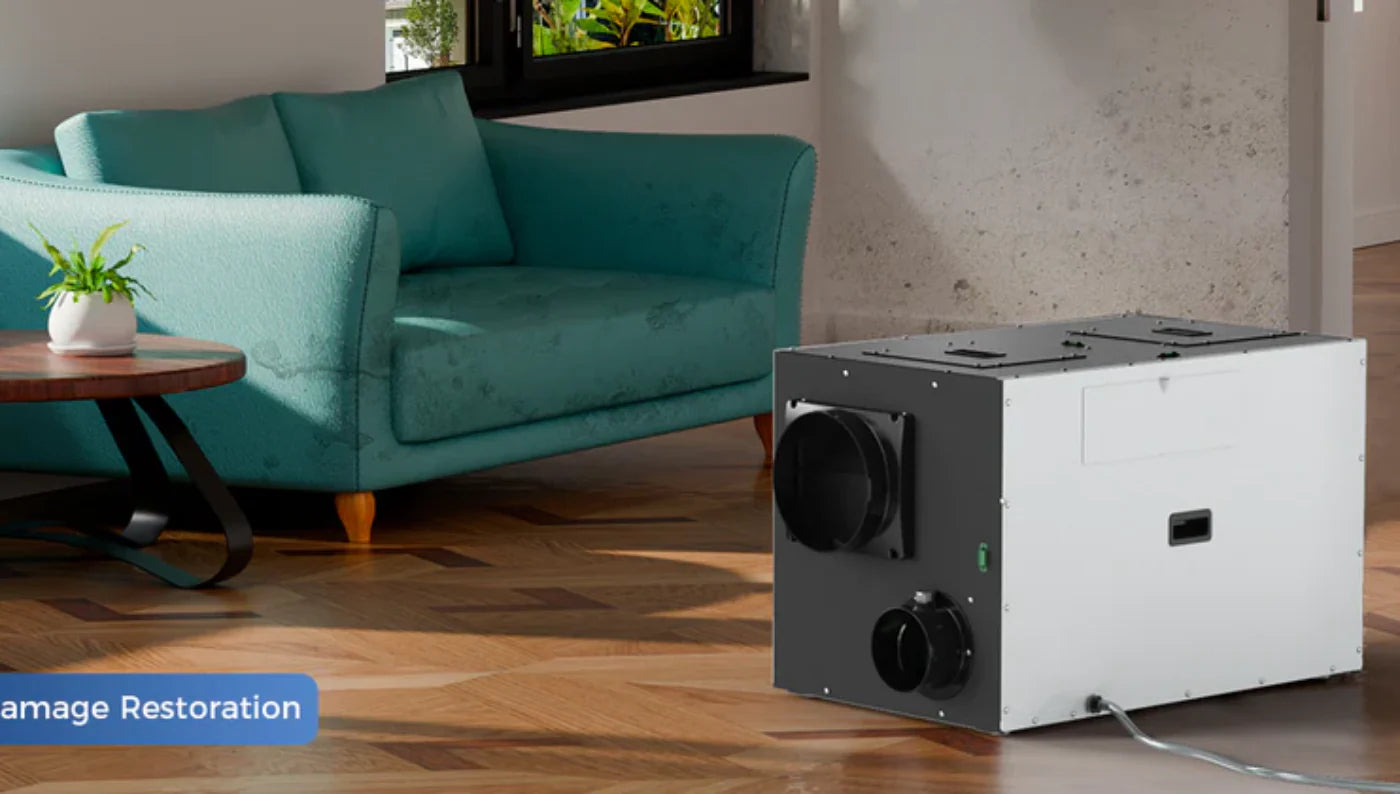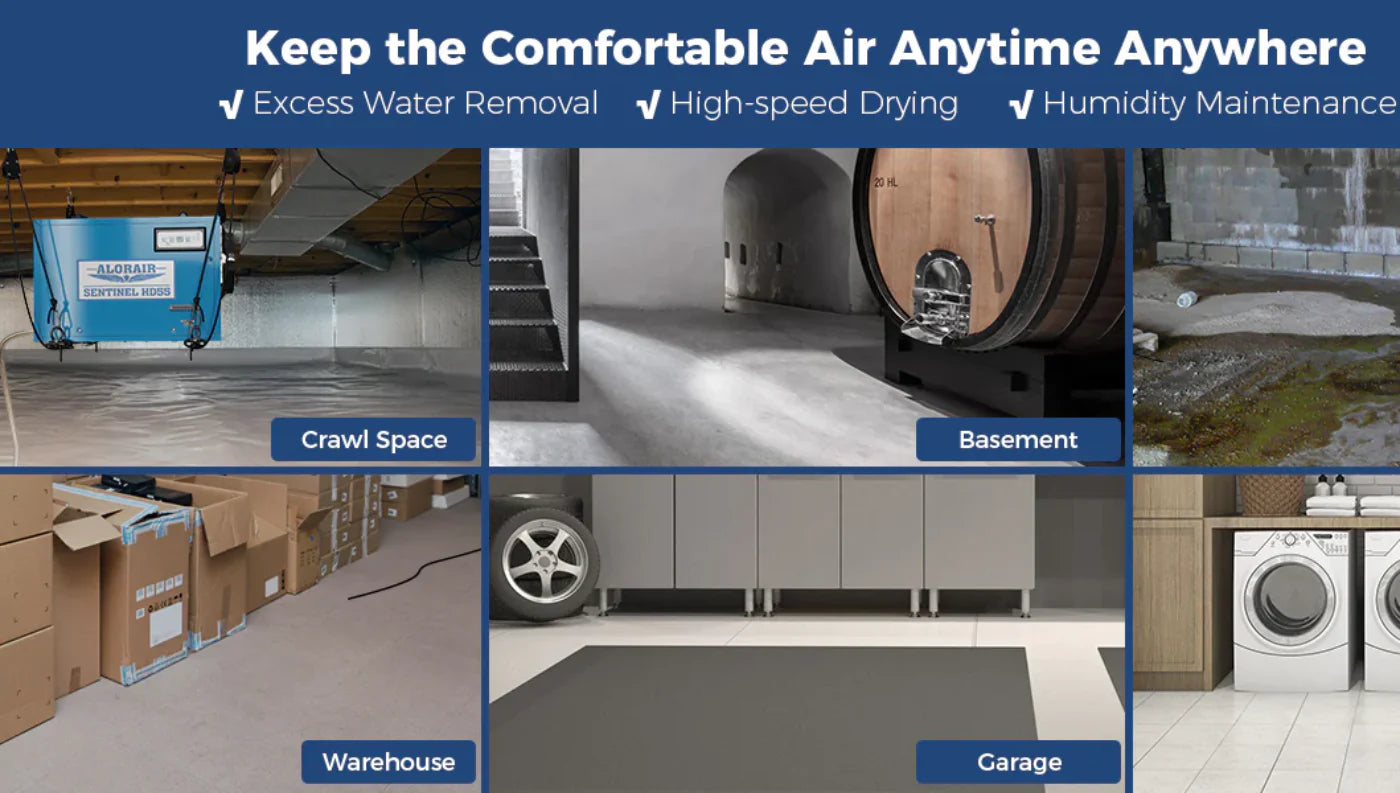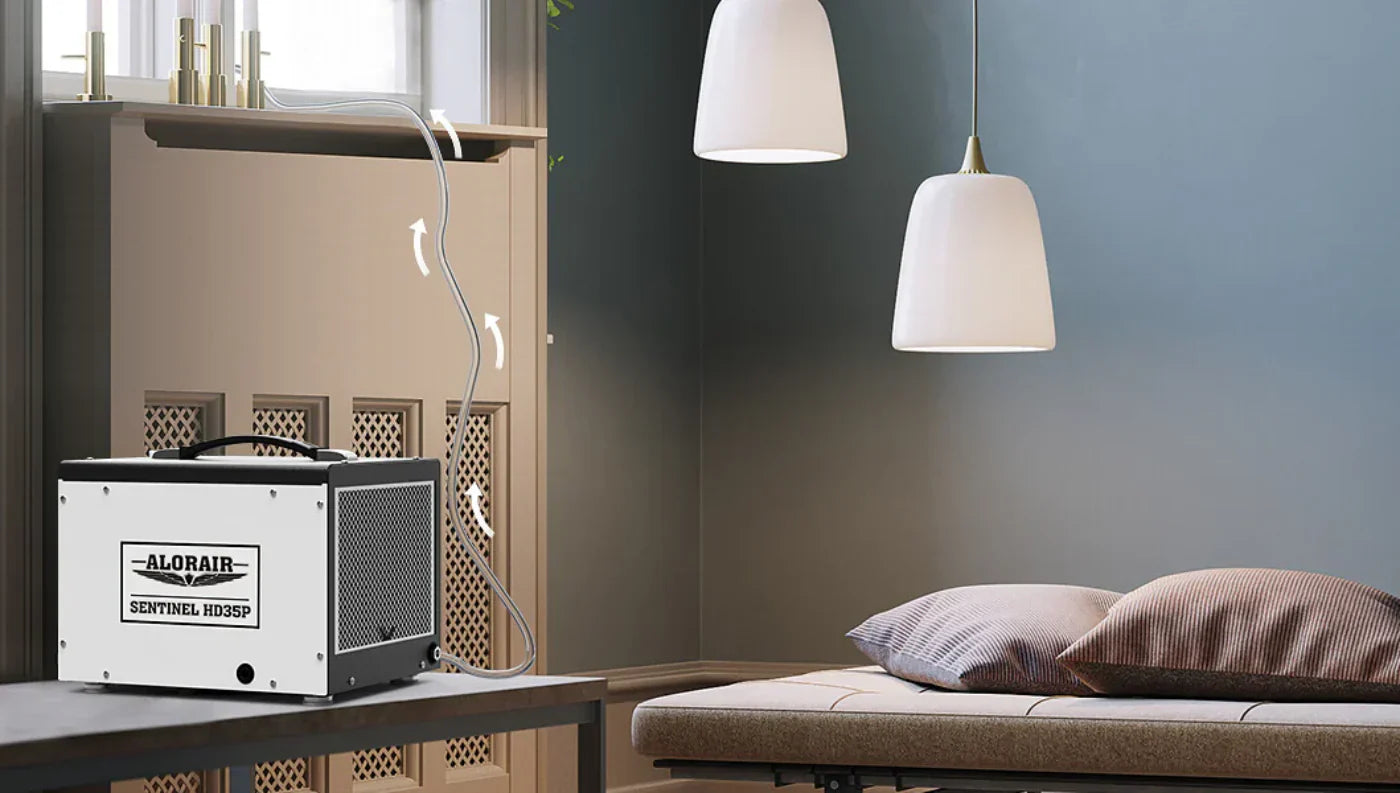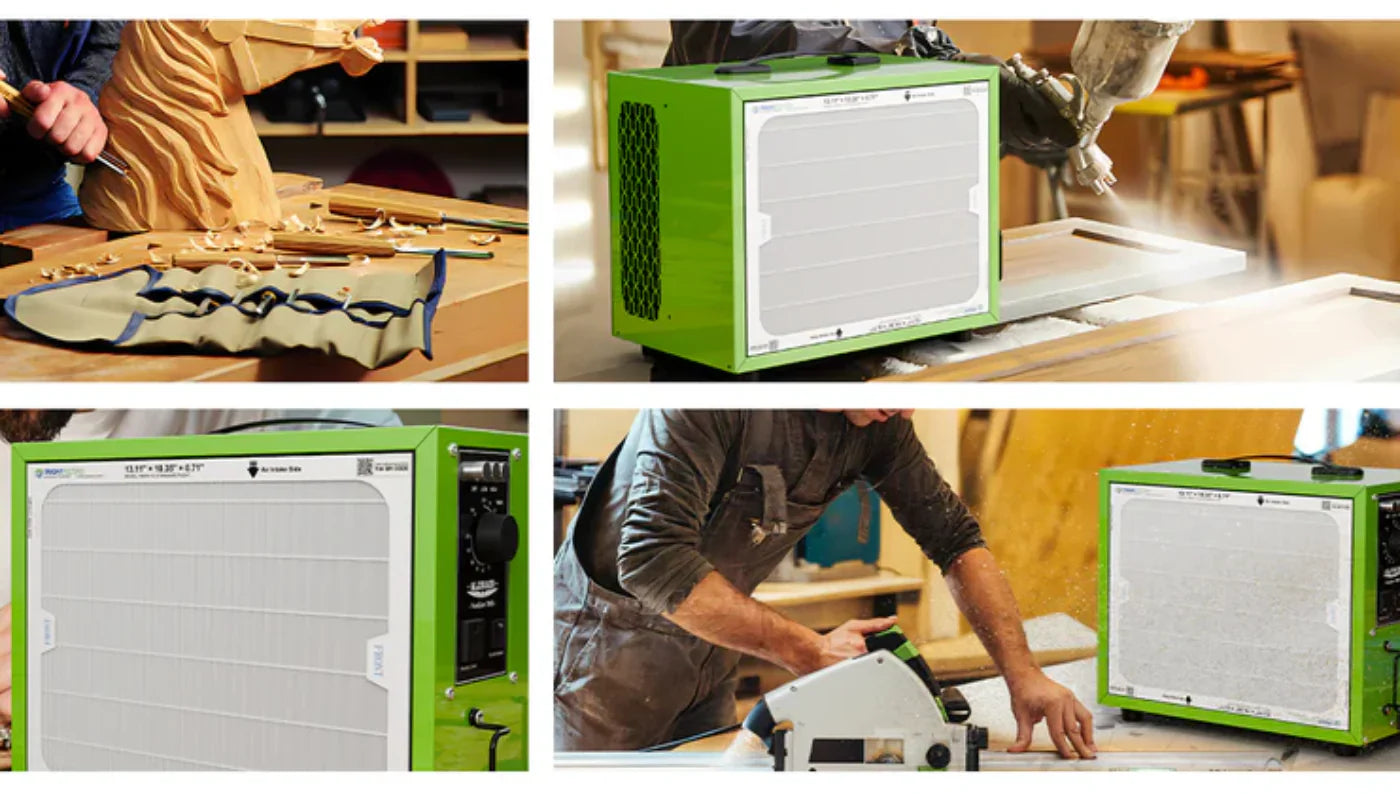If you turn wood in a shop, you know that fine dust is the silent culprit: invisible, sticking to everything, floating in the air, messing up finishes and your lungs. A good air filtration system makes a noticeable difference. This guide is friendly and straightforward—no heavy engineering talk—so you can choose the right system for your shop, size it properly, pick the right filters, and place it well for best effect.
Why Air Filtration Matters in a Woodshop

When you cut, plane, sand, or router wood, you generate tons of particles. Some fall as chips, some remain as fine airborne dust—these tiny particles can cause health issues, stain surfaces, circulate through the house HVAC, and interfere with paint or finish work.
An air filtration system helps by continually moving the air (bringing in “fresh” from the shop space), filtering out fine particles (often down to 1–5 microns or less), and reducing the visible “dust haze” that builds up. According to WOOD Magazine’s review, the top systems were ones that combined solid CFM with good filter media.
So it’s not about just “buy any fan with a filter” — it’s about picking the right size, the right quality and putting it in the right spot.
Step 1: Sizing by CFM (Airflow)
CFM means “cubic feet per minute”—how much air the unit moves. More CFM = faster cleaning of the space. But bigger isn’t always better if it’s overkill and you pay more for features you don’t need.
Here’s a practical way to pick CFM:
- Measure your shop: length × width × height = volume in cubic feet. E.g., 20’ × 30’ × 9’ = 5400 cu ft.
- Decide how many “air changes per hour” you want. For woodshops a good rule is 8–12 air changes/hour (more if you do heavy sanding or dust creation).
- Multiply: volume × air changes ÷ 60 (to convert to minutes) = required CFM. Example: 5400 × 10 ÷ 60 = 900 CFM.
- Round a little upward to give yourself margin for larger loads.
If you pick a system rated, say, 1000 CFM in that example, you’re safe. If your shop is smaller (say 15’ × 20’ × 8’ = 2400 cu ft) and you pick 500–600 CFM, that’s good.
Tip: If you know you’ll do extra dust-heavy work (lots of sanding, turning), size up a bit. The unit will run less hard, last longer, and you’ll feel less airborne haze.
Step 2: Filter Efficiency – MERV vs HEPA

This is where a lot of confusion happens. Terms like “MERV 13”, “MERV 16”, “HEPA (99.97% at 0.3 micron)” get thrown around. Here’s how to grasp it simply:
MERV rating: A number from ~1-16 (sometimes higher) indicating how fine the filter is. Higher = finer filtration, higher resistance to airflow (so you must have enough fan power to overcome that).
- For general woodshop fine dust, a MERV 13-16 is quite good (captures particles down to ~1 micron).
- HEPA (High Efficiency Particulate Air) filters are even finer (0.3 microns at 99.97% in many cases), but they require strong airflow and a fan built to handle the added resistance.
If you pick a system with HEPA, make sure the fan is rated for the pressure drop—otherwise airflow (CFM) will drop significantly and your cleaning power suffers.
Trade-off: Higher filter efficiency means more expensive filters, more fan energy (to move air through tight media), and potentially more noise or higher cost. But you get cleaner air.
In many woodshops, a quality MERV 14-16 system with good airflow is more than enough and offers great value. Use HEPA if you have allergies, extreme finish work, or want “hospital-clean” air.
Step 3: Placement & Installation Tips
Where and how you place your unit affects how well it works—and how much you’ll actually use it.
Ceiling mounted vs Floor/Wall mounted:
Ceiling mounting often gives best coverage: the unit hangs above and draws air down from tools and workstation, pushes filtered air back into center of shop. Floor/Wall units can work but must be positioned to ensure airflow moves across the workspace.
Airflow path:
You want a system that draws air from the shop space, filters it, and supplies it back in a pattern that sweeps the area—not just one corner. Avoid placing unit where it recirculates the same air. Think: draw from one side, push filtered air into center or opposite side.
Noise & clearance:
Ensure you have at least 12–18" clearance around the unit for service and filter changes. If mounted near workstations, check noise levels—if it’s too loud you might shut it off. Some units have “low speed” modes for quieter operation.
Maintenance access:
Filters must be replaced or cleaned regularly. Choose a location where you can reach them easily without major disassembly.
Timer/automation:
Run the unit after you work (for example extra 30–60 minutes after work ends) so the fine dust settles and gets drawn in. Many systems include or allow a timer.
Air return & supply:
If your workshop is somewhat open to house or connected to HVAC, keep doors/windows closed or make sure you know where makeup air comes from. You don’t want unfiltered humid air negating your filtration.
Model: AlorAir Purecare 780S

A workshop-grade air filtration unit rated for ~780 CFM, with multi-stage filters and remote mounted motor (lower vibration) suitable for woodshop use.
Advantages:
- Good airflow for medium-sized workshop (~700–900 CFM)
- Multi-stage filtration (prefilter + finer filter) balances performance & cost
- Quiet design compared to older units; remote motor helps reduce vibration
Disadvantages:
- Still requires decent ceiling height and clearance for mounting/maintenance
- Filter replacements cost more than basic single-stage filters
- If your shop is very large (>1200 sq ft) or heavy sanding, you may wish you sized up further
Putting It All Together: Your Decision Flow
- Measure your shop volume and pick an airflow target (CFM) based on 8-12 air changes/hour.
- Decide how clean you want the air (MERV 14-16 may be plenty; HEPA if you’re very sensitive or doing fine finishing work).
- Choose mounting location (ceiling preferred), verify noise level acceptable, ensure clearance & maintenance access.
- Check filter cost and availability (won’t matter now but will later).
- Set up a maintenance schedule: filter check every 3-6 months, full run for 30-60 minutes post-work.
- Plan for budgeting: unit cost + installation + filter replacements + possibly electrician or mounting/duct work.
Frequently Asked Questions
How many CFM do I need for a woodshop air filtration system?
You estimate your shop’s cubic footage (length × width × height), choose how many “air changes per hour” you want (8-12 typical), and convert to CFM. Example: 5,400 cu ft × 10 changes/hour ÷ 60 = ~900 CFM. Pick a unit rated around or slightly above that.
What’s the difference between MERV and HEPA filters in woodshop use?
MERV is a rating scale (higher number = finer filter) capturing particles often down to ~1 micron. HEPA captures much smaller (~0.3 microns) at very high efficiency (99.97%). In a woodshop, a high-quality MERV 14-16 system often gives excellent performance. HEPA is best for allergy/finish-critical environments but costs more and needs strong airflow.
Where should I mount the air filtration unit in a shop?
Ceiling mounting is often best because it draws dust upward and distributes filtered air across the space. Place it where it can circulate the entire shop—not tucked in a corner. Ensure service access and noise is acceptable.
Does the unit have to run all day?
You don’t necessarily need it on full blast all day, but running during and after work is ideal. Let it run during dust-generating activities and for 30-60 minutes afterward to clear the air. Many systems include timers.
How often do I need to change the filters?
Filter replacement depends on dust load. For moderate hobby use: check outer prefilter every 3-6 months, check inner finer filter every 6-12 months. For heavy sanding or turning: check more frequently. A drop in airflow or increase in dust haze signals a filter change is needed.
Conclusion
Buying the right air filtration system for your woodshop doesn’t have to be confusing. Focus on three main things: sufficient airflow (CFM) to cover your shop volume, the right filter strength (MERV vs HEPA) for your dust/finish/health needs, and proper installation + placement so the unit actually works.
For many hobby shops, a system rated around 500-800 CFM with MERV 14-16 filters mounted on the ceiling works beautifully. If you have a large shop, heavy sanding, or sensitive health/finish demands, step up to 1,000 CFM+ or HEPA-capable units.













